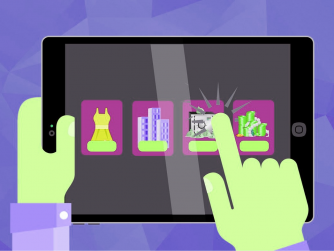I feel like we all want to be able to predict where things are going, right? It’s such a helpful skill, irrespective of what type of role you’re in. But it’s especially important at a time of significant change—so I figured it was time to have a show about that very topic.
What makes a good analyst and how can one get better at determining what the future looks like? To address that critical topic, I wanted to turn to Andrew Lipsman. He’s a Principal Analyst (and colleague of mine) at Insider Intelligence, focusing on retail and ecommerce. He was previously SVP of Marketing & Insights at comScore, covering multiple industries and overseeing the company’s global marketing insights and thought leadership initiatives. He’s also been frequently quoted by leading news organizations like the New York Times, Wall Street Journal, Advertising Age, CNN, Fortune, Reuters and Bloomberg.
I speak to Andrew today about why it helps to develop frameworks and models when making predictions, how an analyst calibrates, why the three most important variables in predictions often hold about 80% of the predictive value, why some forecasters gravitate towards “sexy” storylines that might not actually be that accurate, and how futurists and prognosticators can bealance between being right vs. being effective.





